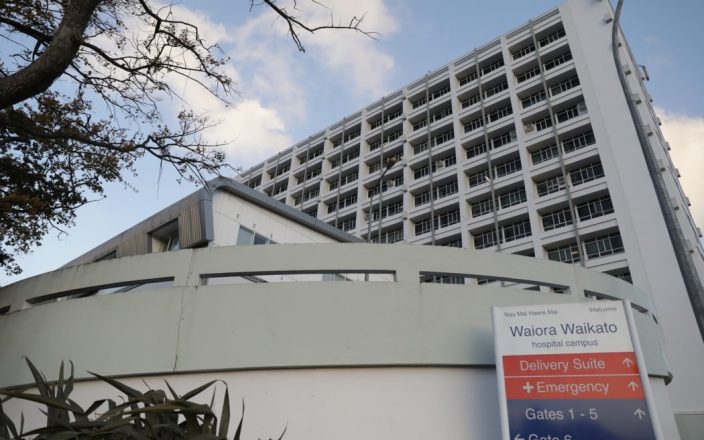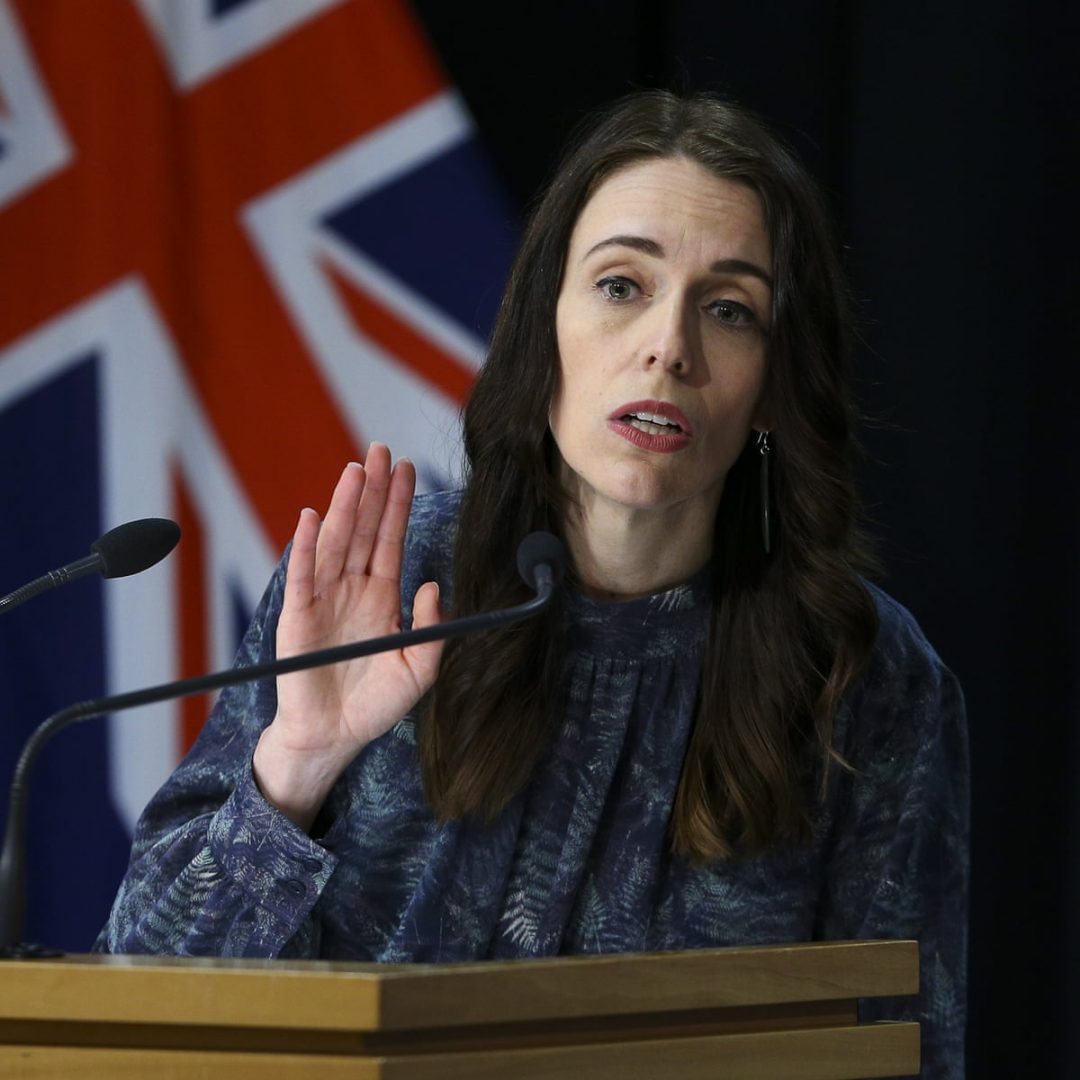ワイカト病院の心臓病科は大きな問題に直面しています。より多くのベッドが必要ですが、現在対応できる患者数は倍になっています。
医師によると、心臓手術の遅れにより、最長で8週間もの待ち時間が長くなっているという。つまり、患者は手術を待つ間、他の部門の重要なベッドスペースを占有しているということです。ニュージーランド心臓病学会の会長でワイカトの元心臓専門医でもあるマーティン・スタイルズ博士によると、この部門には54床の病床があるが、先週は109人の患者が入院したという。
このオーバーフローは「ベッドブロッキング」につながり、救急科の患者が病棟のベッドに入るのが難しくなります。その結果、救急車や救急車で待たされる患者さんもいます。現在、20人の入院患者が手術を待っています。スタイルズ博士は、手術が必要な心臓発作にかかった場合、4〜5週間待たなければならないかもしれないと言いました。
ニュージーランド保健省によると、ワイカトでの平均待ち時間は29日ですが、この数字はすべての人にとって正確ではありません。緊急の必要がある患者さんはより迅速に手術を受けることができますが、症状が少ない患者さんはより長く手術を受けることができます。最近では、ある患者さんが54日間待っていました。
遅延の原因は、機器の故障、外科医の疲労、病院での作業負荷の高さなどのリソースの問題です。また、ワイカトには心臓血管系集中治療室がないため、自動車事故などの危機的状況が発生した場合、心臓手術は延期されます。
ワイカトは以前、一部の患者をオークランドとウェリントンに手術のために送っていましたが、それが止まりました。手術には近くの私立病院ブレーマーを利用することもあります。
ニュージーランドには心臓外科ユニットが5つあり、ウエリントンでは待ち時間が最短で約2〜3週間です。インターベンショナル心臓専門医のサラ・フェアリー博士は、これでも待ち時間が長すぎると指摘しています。彼女は、この問題の原因として、資金調達の問題と時代遅れの機器を挙げています。
ニュージーランド保健局のミシェル・サザーランド氏は、高い需要と労働力不足によるサービスへの圧力が大きいことを認めました。彼女は、公共システムのギャップを埋めるためにブレーマーのような民間施設を利用しているが、だからといって公衆衛生からの資源が減ることはないと述べた。
サザーランドは、ワイカト病院には高度な設備が整っているが、患者数の多さは心臓病学だけでなく、あらゆる分野に影響を及ぼす課題であると述べています。





























































